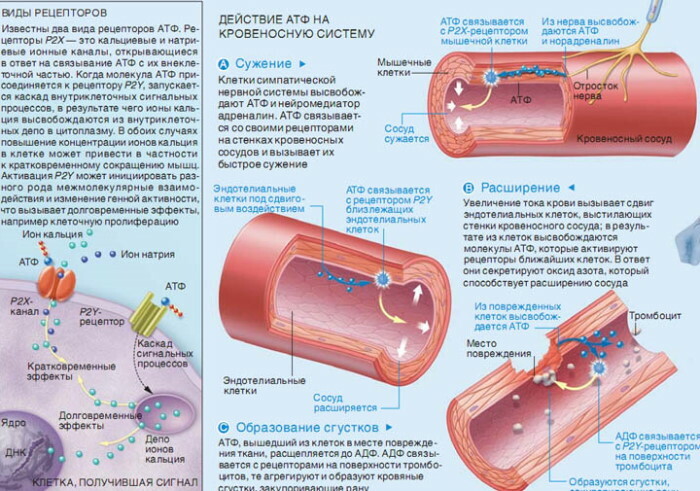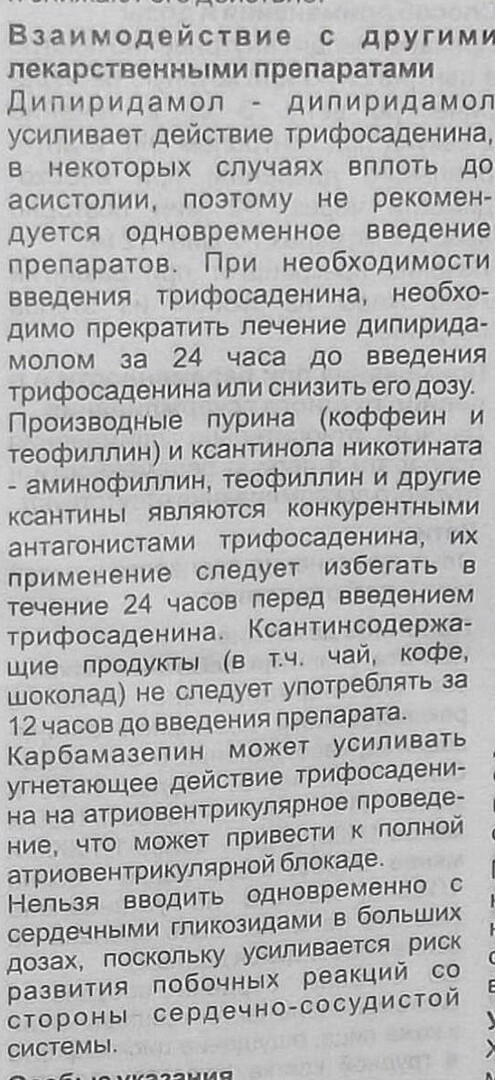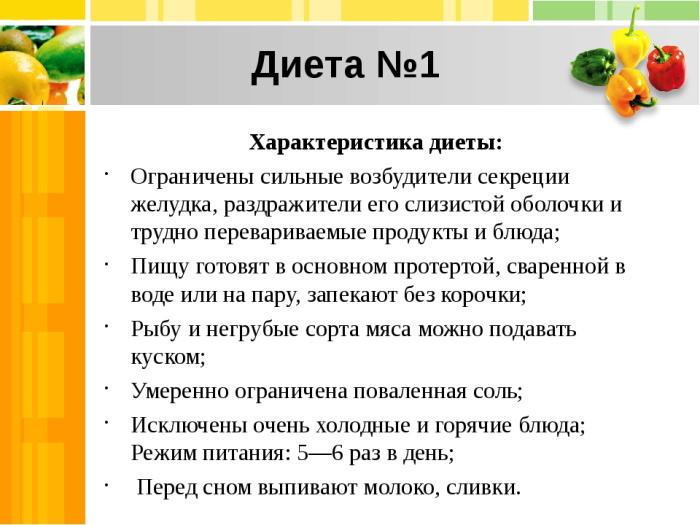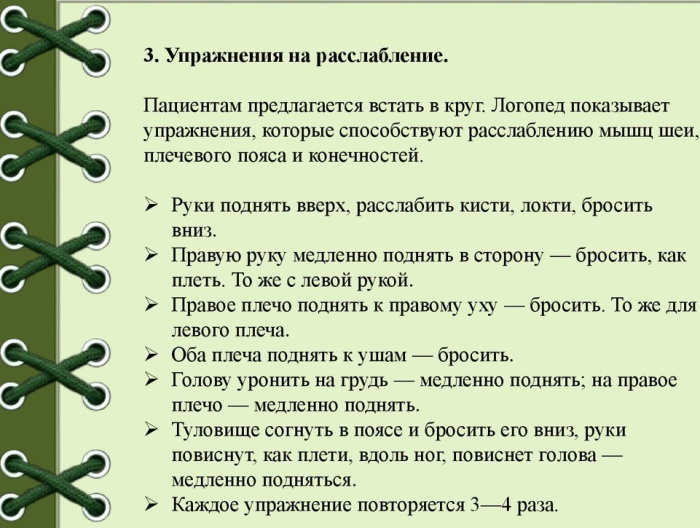Content
- Composition and form of release
- Terms of sale, prices
- Pharmacological properties
- Pharmacodynamics and pharmacokinetics
- Indications for use
- Contraindications
- Methods of administration and dosage
- With arrhythmias and angina pectoris
- With ischemic heart disease
- During the recovery period after surgery, myocardial infarction
- Side effects
- Overdose
- special instructions
- Drug interactions
- Analogs
- Storage conditions and periods
- Video about ATP injections
ATP is a solution for parenteral administration with various therapeutic properties and is used for the purpose of treatment diseases, prevention of their progression. Injections for many patients are considered the preferred option, since the indications for their use describe the possibility appointments in the presence of pathologies of the digestive tract, in which the absorption of oral drugs is impaired.
Composition and form of release
The medication is available to patients in the form of a solution for parenteral administration and tablets for oral administration. Both dosage forms are considered effective, but in each case, the doctor selects the most convenient option for the patient.
The solution is a clear liquid without color and pronounced aroma, packaged in 1 ml glass transparent ampoules. There are also 2 ml ampoules. The containers are placed in cardboard boxes of 10 pieces. They also contain a description of the medication, which indicates the nuances of use, possible complications and contraindications for therapy.
Tablets are placed in standard plastic blisters of 10 pieces. Plates are in boxes, instructions are attached to them. The tablets are small, round, and white. The composition of the agent in any form includes the substance sodium adenosine triphosphate, which has the main therapeutic effect.
The tablets contain several excipients that do not have medicinal properties, but the solution additionally includes only water for injection and citric acid. The amount of the main ingredient per 1 ml of the product is 20 mg.
Terms of sale, prices
ATP - injections (indications for the use of the drug are described in the official instructions), which are dispensed in pharmacies after presenting a prescription form from a doctor. The tablets also cannot be purchased freely. The cost of the product ranges from 90-140 rubles. per packing.
Pharmacological properties
The drug has antiarrhythmic properties, helps to control blood pressure and has a positive effect on the walls of blood vessels. With its use, an improvement is noted if the patient suffers from chronic cardiovascular and neurological diseases.
The medication stimulates the immune forces, prevents the development of complications from other organs. Its effect on the body of patients who often suffer from relapses of pathological conditions is especially pronounced.
Pharmacodynamics and pharmacokinetics
The action of the drug develops gradually, that is, one should not expect a pronounced effect after the introduction of the first dose of the solution. The medication helps to normalize the heart rate. If the patient already suffers from arrhythmia, his condition improves, and the likelihood of complications is significantly reduced.
The drug has a complex effect on the body, especially in combination with other medicines:
- Stimulates energy metabolism, contributes to the saturation of tissues with magnesium and potassium ions.
- Activates metabolic processes in cell membranes, which has a positive effect on the general condition.
- Reduces the concentration of uric acid in the body.
- Stimulates the antioxidant properties of myocardial cells, which improves its work and reduces the likelihood of complications. At the same time, there is a gradual renewal of cells.
- Contains salts of potassium, magnesium and amino acids, which allows cells to be saturated with valuable components.
- Promotes the restoration of natural sinus rhythm in patients with paroxysmal arrhythmia.
- Improves the supply of oxygen to the tissues of the heart. Often, patients with arrhythmia and other abnormalities suffer from tissue hypoxia, which provokes complications.
- The drug has a positive effect on the coronary circulation, but the beneficial effect is noted not only on the part of the coronary vessels. With course use, an improvement in peripheral circulation is observed.
- The ability of the drug to stimulate tissue repair can improve the condition after undergoing surgery on the heart and coronary vessels.
The medication has a positive effect on other internal organs, helps to increase performance, physical strength and endurance. The severity of the symptoms of angina pectoris decreases, as do the manifestations of concomitant diseases.
When administered parenterally, the solution quickly spreads through the blood and has a therapeutic effect. Its component does not accumulate in the body in large quantities, but the first result can be noted a few days after the start of the course.
The drug is processed in the patient's liver, after which the metabolites are evacuated by the kidneys. Differences in pharmacokinetic characteristics in different patients are usually associated with the individual response of the body to the components of the composition.
Indications for use
ATP - injections used for various diseases of the heart, blood vessels, and other organs.

The main indications for their use:
- Angina pectoris of various forms. Usually, the solution is used for unstable angina pectoris, but it can also be prescribed for other types of disease.
- Arrhythmia, paroxysmal tachycardia, accompanied by various complications.
- Chronic heart failure.
- Cardiac ischemia.
- Cardiosclerosis, which develops against the background of any diseases or after suffering a myocardial infarction.
- Vegeto-vascular dystonia at different stages. The drug is usually included in the course of the main treatment.
- Myocarditis of infectious or allergic origin.
- Disturbance of nutrition and metabolic processes of the myocardium.
- Arterial hypertension at different stages. The tool is used in combination with antihypertensive medications, since its vasodilating effect is not enough to obtain a stable long-term result.
- Preparation or rehabilitation after undergoing surgery on the internal organs. The medicine can be used not only after heart surgery, but also during interventions on other organs.
- Coronary syndrome.
- Increased levels of uric acid in the body.
- Chronic fatigue. The ability of the agent to increase physical strength and performance allows it to be used in combination with immunostimulants, some other means.
The medicine is not always used for therapeutic purposes, since it also has prophylactic properties.
Contraindications
Despite the high efficiency and relative safety for patients, the drug has contraindications for use. The most important is considered intolerance to the ingredients of the composition or a tendency to such reactions in the patient's history.
Other barriers to treatment:
- Acute period of myocardial infarction. The drug is used during the rehabilitation period of the patient, but in the acute stage it can provoke complications.
- Cardiogenic shock, accompanied by a critical decrease in blood pressure.
- The period of lactation and bearing of the child.
- Atrioventricular block.
- Severe bronchial asthma.
- Elevated levels of potassium and magnesium in the blood.
- Hemorrhagic stroke. Improving blood circulation with solution therapy can provoke an aggravation of the symptoms of this form of stroke.
- Chronic obstructive respiratory pathology.
The remedy is not prescribed for children and adolescents. It is used with caution in the treatment of patients with hypotension. If the pathology is mild and there are no complications, the use of the solution is allowed, but in other cases it can lead to a worsening of the condition.
Methods of administration and dosage
ATP - injections (indications for the use of the solution describe the possibility of a prophylactic course), which are intended only for parenteral administration for certain indications. Depending on the disease and the severity of its symptoms, the features of treatment may differ.
With arrhythmias and angina pectoris
The drug for such disorders is used in combination with specific antiarrhythmic and antianginal drugs. This improves the effectiveness of therapy.
The solution can be administered intramuscularly or intravenously, depending on the patient's condition:
| The degree of neglect of the disease | Method of administration |
| Mild form of pathology | With a mild course of the disease and the absence of complications, the agent is administered intramuscularly at a dosage of 1 ml per day. For 10 days, the patient receives a daily dose of medication. After the end of the course, the specialist evaluates the result, and, if necessary, prescribes a second course in 3-4 months. |
| Progressive stage | At a progressive stage with severe symptoms of pathology, the solution is injected at 2 ml per day. The dose can be divided by 2 times during the day. The duration of the therapeutic course is determined depending on the symptoms. Usually 10 days are enough, but sometimes it is necessary to administer the solution for 14 days in a row. In this case, the drug is added to 100-200 ml of sodium chloride before administration and poured using a dropper. |
It is forbidden to increase the dosage or prolong the treatment on your own.
With ischemic heart disease
Ischemic heart disease in patients is chronic and is accompanied by tissue hypoxia. That is why the use of the solution is considered effective, it makes it possible to somewhat alleviate the symptoms and reduce the likelihood of complications.
Due to the chronic course of the disease, the drug is used at least 1 time in 6 months. This means that every 6 months the patient undergoes a course of treatment. The daily dosage for the patient does not exceed 2 ml, but often only 1 ml per day is prescribed. The duration of the course ranges from 10-20 days.
During the treatment period, other drugs are often administered parenterally to patients in order to provide a complex effect on the body.
During the recovery period after surgery, myocardial infarction
ATP - injections (indications for the use of the medication describe the possibility of prescribing in order to reduce the rehabilitation period), which stimulate the restoration of affected tissues and prevent the development of infectious or other complications.
The drug is usually administered intramuscularly at a dosage of 1 ml per day. In some cases, the appointment of 2 ml of solution is required if the course of the rehabilitation period is difficult. The duration of use does not exceed 2 weeks.
Repeated courses are allowed to be carried out after 3-6 months, if necessary. Throughout
the entire period of treatment, the patient should be under the supervision of a specialist, which allows, if necessary, to adjust the dose and duration of drug use.
Side effects
The medication can provoke complications, despite its effectiveness and relative safety.
The most common reactions are:
- On the part of the nervous system, disorders are manifested in the form of dizziness and headache. Some people note weakness and rapid fatigability, a decrease in mental and physical activity is not so often observed, but it can manifest itself in patients with nutritional deficiencies.
- The most common complications affect the digestive system. Patients have nausea and bouts of vomiting, upset stools, pain in the abdomen. Over the course of several days, the symptoms may worsen, with flatulence and bloating.
- Sometimes the use of the drug leads to the appearance of negative symptoms from the urinary system. Patients note an increase in the daily volume of urine, pain in the lower abdomen.
- An increase in the level of potassium and magnesium in the blood is also considered a negative reaction if the level rises to critical levels.
- Allergic reactions occur frequently, in most cases manifest themselves as classic symptoms. A rash appears on the skin. In the initial stages, it covers only a small area of the skin, but gradually spreads to large areas, accompanied by severe itching and irritation. Patients can scratch the affected area, which only worsens the general condition and can lead to infection.
The appearance of negative reactions is considered a reason for refusing to use the product and referring to a specialist. Most often, the appointment of additional medications to the patient is not required, since the symptoms disappear on their own after refusal of treatment. In some cases, it is necessary to prescribe a special treatment to normalize the condition.
Overdose
The drug does not lead to the development of an overdose when administered in doses prescribed by a specialist. Only the independent use of the drug in high doses can lead to the development of such a condition.
In this case, the general well-being of the patient worsens, there is indomitable vomiting, diarrhea and pain in the stomach. The condition worsens with the addition of suffocation, dry cough. Patients notice a lack of air, especially with intense physical exertion, as well as emotional stress.
Overdose can provoke a severe allergic reaction, in which the rash covers large areas the skin, the itching becomes unbearable, which forces patients to damage the lesions and aggravate symptomatology.
The condition requires immediate referral to a specialist and qualified assistance. The patient is usually admitted to a hospital, for several days he receives treatment, involving the appointment of antihistamines, antiemetic, antidiarrheal medications. It is forbidden to use any means on your own, as well as to ignore the symptoms while continuing to use the solution.
special instructions
ATP - injections (indications for the use of the drug describe the possibility of prescribing in the absence of symptoms of acute myocardial infarction), which can be used as prophylactic courses in the case of patients with chronic diseases.
The solution must not be administered intravenously in pure form. Drip infusion can reduce the likelihood of complications. During the first 2 days after the start of treatment, patients may notice a slight discomfort, but usually it disappears on its own. If the manifestations worsen, it is necessary to visit a doctor.
Drug interactions
The drug is not recommended for use in combination with cardiac glycosides, as this increases the likelihood of developing atrioventricular heart block. Do not use the solution simultaneously with potassium and magnesium preparations, which increases the likelihood of a critical increase in these substances in the blood.
The risk of developing hyperkalemia increases as a result of simultaneous use with potassium-sparing diuretics. If it is necessary to combine drugs from different groups, it is necessary to visit a doctor who will determine the appropriateness of such use and the possible risks for the patient.
Analogs
The tool has no structural analogs that would have an effect due to the same ingredient in the composition. But you can use substitutes with similar properties if, for various reasons, the original is not assigned.
Effective analogues:
- Metamax contains propionate dihydrate as the main active ingredient. The drug has a slightly different mechanism of action, but it is used for ischemic heart disease, heart failure and some other diseases. The difference between the drug and the original is the possibility of prescribing in case of detection of brain pathologies, chronic alcoholism, bronchial diseases. The product is available in the form of capsules for oral administration, solution for parenteral administration. It can be used for longer courses than the original solution.
- Triduktan possesses antihypoxic and anti-ischemic properties, can be used as a substitute, despite the different composition. The tool improves heart function, helps to control blood pressure indicators, and reduces the likelihood of developing complications against the background of disease progression.
- Neocardil has a herbal composition, but can be used to improve the functioning of the cardiovascular system. The medication is produced in the form of capsules for oral administration, it is taken in longer courses, which is associated with the natural composition, which does not allow you to quickly achieve a therapeutic effect.
The choice of an analogue is made only by a doctor. This is due not only to the different composition of medicines, but also to the individual reaction of the body to the components of the medicines.
Storage conditions and periods
The storage time of the solution in ampoules does not exceed 12 months. After that, the use of the medication is prohibited.
The manufacturer recommends storing the product in the refrigerator, which will preserve its chemical formula.
ATP is an effective solution with pronounced antihypoxic properties, which is often prescribed for patients with heart disease. Injections allow you to get a therapeutic effect, even in the presence of pathologies of the digestive tract. Indications for their use describe the possibility of not only therapeutic, but also prophylactic use.
Video about ATP injections
Why do you need ATP injections:



